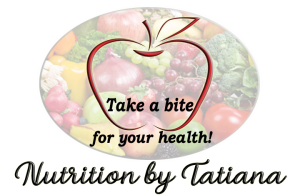Fruits and vegetables are categorized into five different colours:
Red
Purple/blue
Orange
Green
White/brown
Each colour carries its own set of unique disease fighting chemicals called phytochemicals.
RED fruits and vegetables are coloured by a natural plant pigment called lycopene. Lycopene is a powerful antioxidant that can help reduce the risk of cancer and keeps our heart healthy.
PURPLE /BLUE fruits and vegetables contain a plant pigment called anthocyanin. Anthocyanin has antioxidant properties that protect cells from damage and can help reduce the risk of cancer, stroke and heart disease.
ORANGE/YELLOW fruits and vegetables contain Carotenoids which help maintain healthy mucous membranes and healthy eyes. Another carotenoid called lutein is stored in the eye and has been found to prevent cataracts and age-related macular degeneration, which can lead to blindness.
GREEN fruits and vegetables contain a range of phytochemicals including Carotenoids, Indoles and Saponins, all of which have anti-cancer properties. Leafy greens such as spinach and broccoli are also excellent sources of folate.
BROWN/WHITE fruits and vegetables contain a range of health-promoting phytochemicals such as Allicin (found in garlic) which is known for its antiviral and antibacterial properties. Some fruits and vegetables of the white group, such as bananas and potatoes, are also a good source of potassium.

